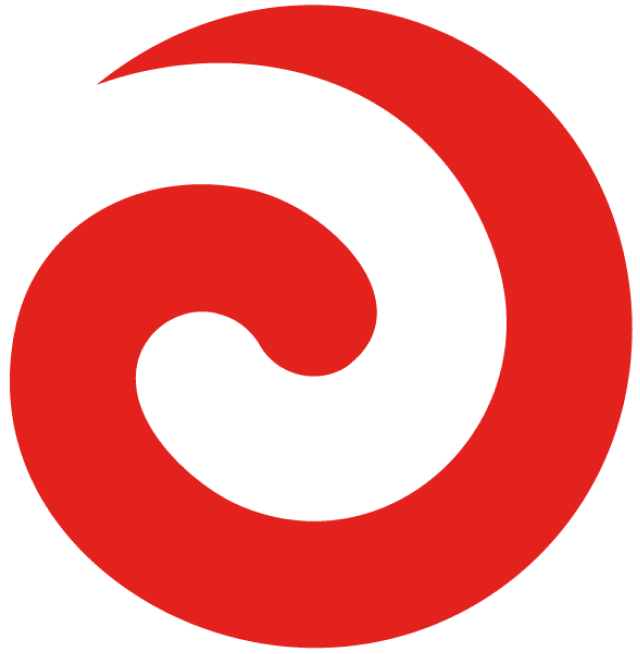Māori artists, carvers, and sculptors are collaborating to establish improved pay standards that acknowledge their contributions in public spaces, buildings, and urban environments.
This initiative is driven by the increasing demand for Toi Māori.
The call follows a new report by Toi Mai Ohu Ahumahi – Workforce Development Council, He Toi Whakairo, He Mana Tangata – Where there is artistic excellence, there is human dignity.
Ngātaiharuru Taepa, who contributed to the report, encourages fellow artists to consider the commercial value of their mahi.
“There’s a lot of engagement now with our taonga, particularly in the built environment with our councils and from private companies. So, we are now at the point where we actually have to define what our practice is in terms of an industry for our current practitioners and our mokopuna,” he said.
He Toi Whakairo, He Mana Tangata
The report found Māori artists have long been undervalued and underpaid for their contributions, with many relying on a koha-based system as compensation.
This is a model Taepa says is often misunderstood.
“We need to actually set a national industry standard, and it needs to be broad enough to capture the scope of this type of work.
“The koha system is not understood, and therefore it can’t be achieved. But what is understood is the economic system we sit in today.”
Poumatua of Toi Mai Ohu Ahumahi, Tama Kirikiri, said Māori artists are frequently overlooked in large-scale corporate projects despite their cultural impact.
“Our national airline, for example, is straight away, probably the number one example that the world knows and Air New Zealand plane, because of the mangopare that is on the whiore of the waka rererangi. So, nobody in te ao Māori has realised the value, the billions of dollars that airline has brought in. So, we started looking and we saw examples everywhere, where this had happened, and yet quite often the ringatoi or the kaihanga toi that had been involved had been paid a pittance of a fee relative to whatever kaupapa it sat in.”
Te mauri o ngā mahi toi Māori
Ki tā te Māori titiro he tapū ngā momo toi Māori katoa. He tapu i ahu mai i ngā atua Māori, i ngā tohu hoki o te taiao e noho nei ngā tūpuna i ōnā rā.
Hai tā Taepa, kāore anō te tino uara o ngā mahinga toi Māori kia eke ki te taumata e hiahiatia ana.
“I te wā i noho wehe ngā iwi, i tutū te pūehu, ko te taonga te mea e hohou ana i te rongo. Ki reira ka kite atu i te tirohanga o ngā tīpuna ki tēnei mea te taonga me te mōhio he nui ōna mana i tōna wā.
“Ko te mahi inaiānei, kia whakarite tika, kia whakaarohia he aha te wāriu i ēnei rā? I te mea ka kore pea e whakahokia, e tākoha mai he whenua mō ngā taonga ka hangaia e au. Nāreira, he aha hoki te wāriu, he aha hoki te utu?”
Ka mutu, he mahi tēnei me kōkiri e te iwi Māori, kei riro mā iwi kē atu.
“If we don’t do this, who’s going to do it? It’s going to be left to somebody else down the track to try and figure it out.”



